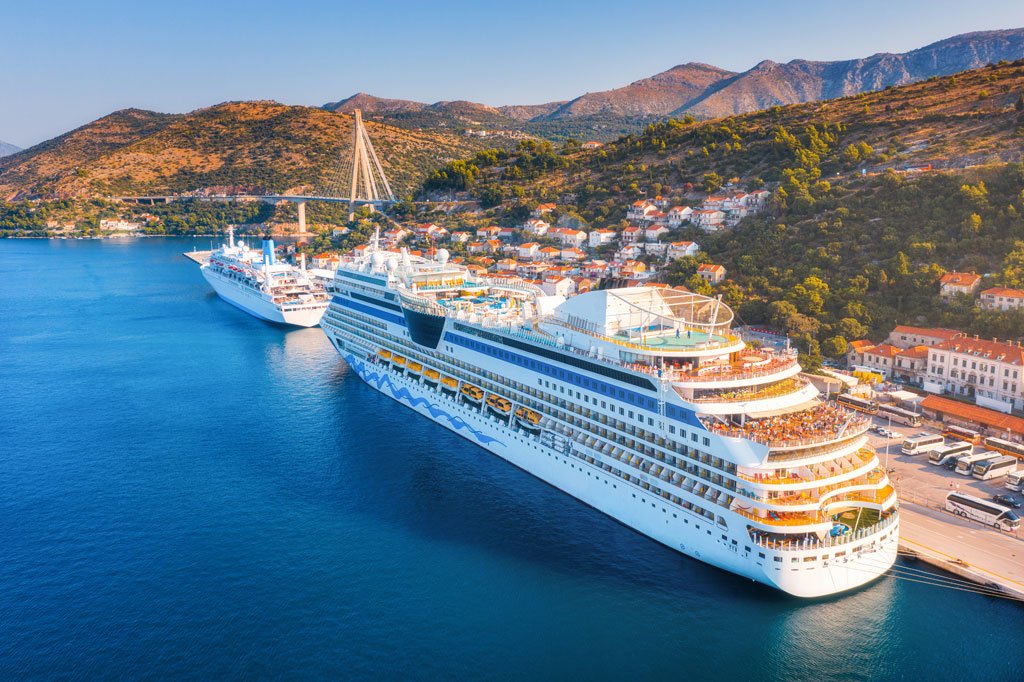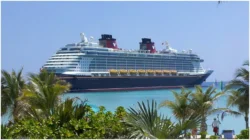Among all forms of identification, your U.S. passport is the most desirable one to carry on board when traveling on a “closed-loop” cruise — one that begins and ends at the same U.S. port. The reason is due to unexpected circumstances that might come up that could make returning to the U.S. difficult. For example, in case of illness or injury, you may need to exit the ship for admittance to a local hospital on foreign soil. Depending on the circumstances, the ship may need to leave without you which means you’ll be forced to return to the U.S. via air.
Another example: your cruise ship may suffer damage or other issues that cannot be resolved during the trip. This would require everyone to go ashore and fly home via the nearest airport.
Other acceptable forms of identification for U.S. citizens, according to the U.S. State Department, are a passport card, a U.S. Trusted Traveler Program card, driver’s license, U.S. Military identification card while traveling on special orders, U.S. Merchant Mariner documents while traveling on official maritime business, or a Form I-872 American Indian Card, or an Enhanced Tribal Card. For children under the age of 16, acceptable forms of identification are a birth certificate or other proof of citizenship. They can be originals or photocopies.
For cruise ships sailing to Mexico, Canada, the Caribbean, the Bahamas and Bermuda, travelers may carry a passport card that is used for border crossings but not international air travel.
Since the U.S. has leniency regarding the passport rule when it comes to domestic cruise travel, the last word on whether or not you need one lies with the cruise operator itself. Carnival Cruise Lines, for example, requires all travelers who enter or re-enter the U.S. by air, land, or sea to have their passport in hand. However, for cruises that originate and terminate at the same U.S. port, passports are not required by U.S. citizens. They will, however, need proof of citizenship such as an original or certified copy of a birth certificate, a certificate of naturalization, a passport card, an enhanced driver’s license as well as a government-issued photo ID.
Once you have determined which form of identification you’ll carry, the U.S. State Department suggests the following to make sure you’re safe while on the water:
- Check the state’s department country information for the countries you will be visiting. In case of an emergency, make a list of the contact information for each U.S. embassy and consulate.
- Sign up for the state department’s Smart Traveler Enrollment Program to receive important safety and security information. Follow their Twitter handle @TravelGov for travel and security information.
- If bringing your passport, make color copies of the photo page and leave a copy with a trusted family member or friend and carry one separately from your actual documents. And of course, always carry your passport in case of an emergency.
About the Author
Rob Lee is the co-founder of Swift Passport Services, which is the leader in Passport and Visa expediting.






